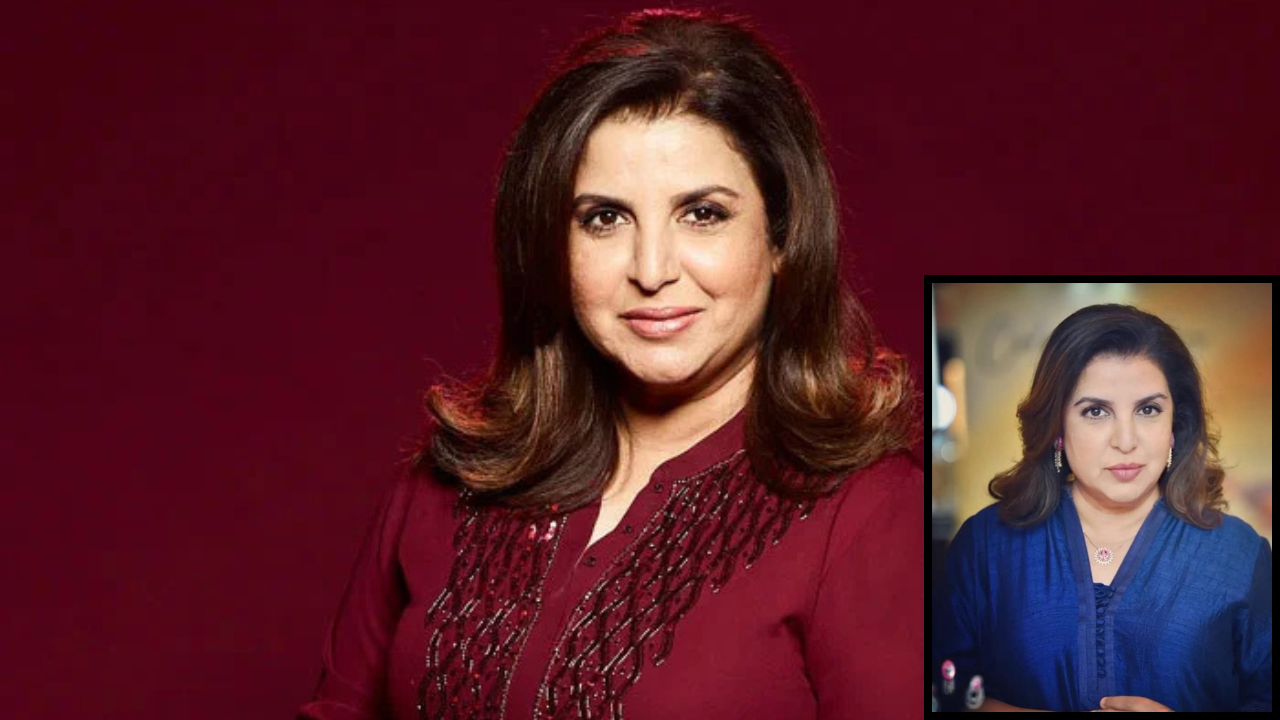 English
English

Bollywood’s multi‑talented Farah Khan has revealed the harrowing reality of growing up in financial ruin and dealing with her father’s addiction, yet she became a top choreographer, blockbuster director and social media star. How did she do it?

Her father’s box‑office flop led to bankruptcy and alcoholism.
New Delhi: Born on 9 January 1965 in Mumbai, Farah Khan grew up in a family linked to Bollywood—but the glamour belied the financial reality. Her father, Kamran Khan, was a stuntman‑turned‑producer whose ambitious film venture failed. The resulting bankruptcy left the family “the poor cousins”, as Farah has said. Their substantial home was gradually sold; in its place they ended up in a one‑hall, one‑bedroom flat. To survive, her mother rented the large hall to gamblers for Rs 5 each, and the money—Rs 30‑35—was used to buy milk, vegetables and, tragically, to fund her father’s bottle.
From these humble beginnings Farah’s talent emerged. She began as a choreographer and soon worked on more than 100 songs across 80‑plus films. As she evolved, she entered direction and in 2004 made her debut with “Main Hoon Na”, followed by the mega‑hit “Om Shanti Om”. Both films starred Shah Rukh Khan and became landmark successes, marking Farah as a female director who broke the mould. She also earned awards and nominations for her choreography and direction.
Deepika Padukone Speaks Out: What’s the reason behind her exit from Kalki and Spirit?
Farah’s choreography credits include iconic songs in early 2000s Bollywood, establishing her as a leading creative force. She then transitioned into direction:
Kantara Chapter 1 hits OTT; Where and when can you watch?
In recent years Farah has diversified. She hosts reality shows, appears as a judge and now runs a YouTube channel where she collaborates with her long‑time cook Dilip, turning domestic narratives into popular content. She has also used her platform to mentor talent and spotlight the lives of people behind the scenes in Bollywood.
What makes Farah’s journey compelling is the contrast: from childhood insecurity, financial instability and trauma of her father’s alcoholism to the heights of Bollywood success and digital influence. She herself admits that the memory of that period still fuels her ambition and fear of insecurity. “I can smell alcohol so well whenever I travel, it triggers a childhood memory,” she said. Today she channels that into creation, mentoring and visibility.
Farah Khan remains a visible figure in Indian entertainment. Whether it is directing, producing, choreography or online content, she holds multiple roles. Her personal story of survival, reinvention and creative expansion, is emblematic of resilience in the Indian film industry. As she continues to evolve, audiences watch not just for her work but for the woman behind it: the one who danced from disaster and built an empire.